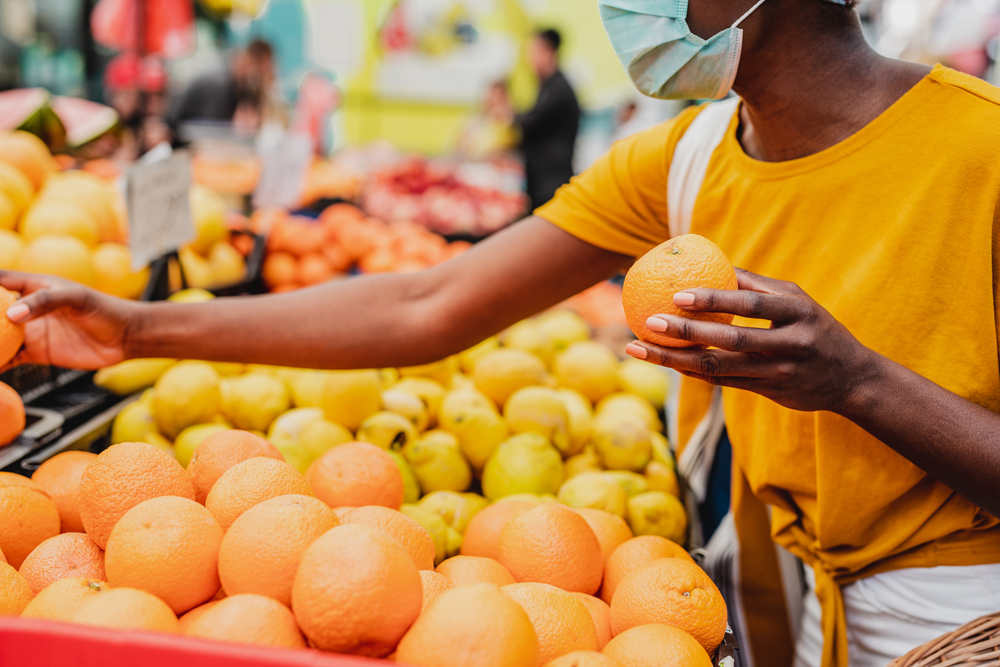Fruits and vegetables are great for you, no matter how you eat them. But there are many other reasons to prioritize fresh, local produce, especially during the summer. Here are just some of the nutritional perks of eating local produce and other seasonal foods.
Eating local means eating fresh.
Anyone who has ever eaten a fresh tomato off the vine, or a juicy bunch of berries picked right off the bush knows that food you grow has more delicious flavor than food you buy in the grocery store. That’s because food—such as produce or eggs—has the most flavor when it is first harvested. Local foods have a shorter distance to travel to get from the farm to your refrigerator, so they are still bursting with flavor and taste fresher than foods that were shipped in from thousands of miles away.
You’ll get more nutrients.
In addition to tasting better, local foods are also more nutritious. Fruits and vegetables lose some of their vitamins and minerals in the shipping process. The longer your food has to travel, the more nutrients it loses along the way. That doesn’t mean that produce from the grocery store has no nutritional value. But it does mean that local foods tend to have more nutrients.
It can broaden your diet.
When you shop for local goods at a farmer’s market you can see what’s local and fresh in your area. This gets you out of your routine of getting the same things at the supermarket and gives you a chance to taste some unique foods that grow in different seasons. Many local growers can also help you find delicious recipes to try with your new discoveries. They can also teach you how to store and prepare food for maximum flavor and freshness.
You minimize chemicals in your food.
When you buy locally, you can often speak directly to the person who grows the food. This is especially true if you buy from a shop run by the producer, or shop at a local farmer’s market. This gives you a chance to ask about how the food is grown, what types of practices they use, and whether they use pesticides or other chemicals on their farm.
Generally speaking, the term “organic” describes food without:
- Antibiotics or growth hormones used to raise livestock
- Genetically modified organisms (GMOs) that improve crop yield or reduce pests
- Irradiation that preserves food or removes pests
- Most chemical pesticides
- Synthetic fertilizers or sewer sludge fertilizers
Organic foods are shown to have slightly higher nutritional value, lower levels of toxic metals, and little to no pesticide residue.
Reduce risk of contamination.
The more steps that your food has to go through from the field to your table, the higher the chance of contamination. Produce and other foods that are grown on larger factory farms and have to travel a longer distance to get to your grocery store are at higher risk of contamination from:
- Harvesting
- Washing
- Shipping
- Distribution
The summer is the best time to start adding more locally grown foods to your grocery list. Find a local farmer’s market or a local grower and start shopping for delicious local produce, eggs, dairy, and meat today.

